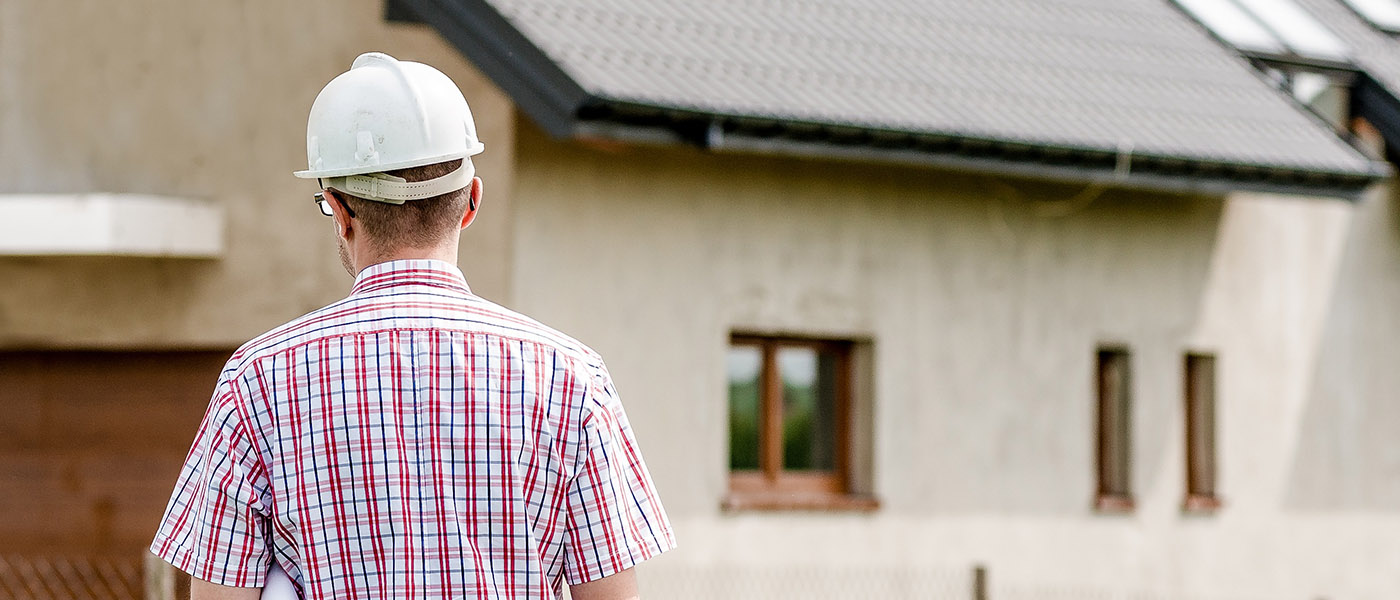2019 Project

Sustainable Home Build
Thank you to everyone who made our Parade of Homes a success!
2019 GearHeads built successful scale models of sustainable homes with over 80% found materials.
“Climate change is a global problem with grave implications: environmental, social, economic, political and for the distribution of goods."
"It represents one of the principal challenges facing humanity in our day. It's worsening impact will probably be felt by developing countries in coming decades.”
~ ~ ~
“Humanity is called to recognize the need for changes of lifestyle, production and consumption, in order to combat this warming or at least the human causes which produce or aggravate it.”
- Pope Francis
Laudato Si
Premise: Agua es Vida!
Many large tract homebuilders have 2-4 base model homes that are slightly modified to provide diversity in a subdivision. Subdivisions are often built without regard to the existing landscape it will replace. Hilltops are often razed and entire fields of trees are bulldozed to make way for easy homebuilding. In recent years in San Antonio, and its extra territorial jurisdiction, laws have been implemented to prevent such massive canopy loss, to decrease and/or limit the amount of underground pipe and impervious cover over recharge zones, in addition to mandated water containment zones to prevent flooding.
However, regulation is often the exception, not the rule. For example, the Edward’s Aquifer recharge zones are regulated to limit excessive impervious cover which would harm the ability of its water to fully supply San Antonio’s needs, especially during drought. On the other hand, marshland around Houston that has the capacity to absorb floodwater was not effectively protected, allowing impervious cover from reclamation efforts to be built which exacerbated flooding during their last hurricane.
This project seeks to address at least three of the UN Sustainable Goals:
9 – Energy, Innovation and Infrastructure
11 – Sustainable Cities and Communities
12 – Responsible Consumption and Production
The Challenge
You and your colleagues are developers who plan to build a sustainable neighborhood of small/tiny homes. Each home must be smaller than 1000 sq. ft. and must minimize impervious cover, yet contain as many standard features of a regular home as possible. All features from exterior landscaping to interior appliances must have a minimal carbon footprint, be energy/water efficient and powered by renewables. Drafting will be done on computer with SmartDraw.
A scale model will be built primarily from found, rather than bought supplies, and "marketed".
Problems Addressed
- Impervious cover: Solid groundcovers such as building foundations, roads, parking lots and etc. prevent water absorption by soils leading to excessive runoff and flooding. If over aquifer recharge zones, aquifers will not refill. Impervious covers also lead to losses of habitat and biodiversity.
- Energy consumption: Higher populations require more energy straining existing energy infrastructure, taxing limited resources and increasing pollution.
- Local issues to address: Summer heat, drought, Edwards Aquifer recharge, flooding.
- Urban Heat Island Effect: Most climate change impact studies are qualitative and don't take into account that large cities will experience additional warming due to the urban heat island effect - defined as the change of local climate patterns caused by urbanization.
Concepts Covered
- Science: Research Skills, Electricity, Power/Energy, Circuits/Wiring
- Technology: Renewable Energy, Wind/Solar Power, Renewable Integration in Electricity Grids
- Engineering: Drafting, Modeling, Prototyping/Testing, Electrical Generation Creation & Distribution
- Arts: Creative Design, Architecture, Marketing, Landscaping
- Math: Algebra, Geometry
- Humanities: Energy Consumption, Sustainability
“Like winds and sunsets, wild things were taken for granted until progress began to do away with them. Now we face the question whether a still higher 'standard of living' is worth its cost in things natural, wild, and free.”
~ ~ ~
"A thing is right when it tends to preserve the integrity, stability, and beauty of the biotic community. It is wrong when it tends otherwise."
- Aldo Leopold
A Sand County Almanac
